Accidentally damaging your drywall is the worst thing that can happen to your home. There are many problems associated with large holes, which cannot be solved simply by hanging artwork over them.
If you don’t fix any damage to your walls right away, it can lead to further cracks and cause unsightly damage to the walls. If the hole is large, you may wonder whether repairs will be expensive.
The process of repairing a large hole in drywall-anything over six inches is different from that of repairing a small hole in drywall.
How Big Of A Hole Can You Patch In Drywall?
A piece of drywall and drywall compound can be used to repair holes between 1/2″ and 6″. In walls with holes bigger than 6″, drywall and drywall compound can be used to repair the hole.
But reinforcing wood strips should be installed to support the edge of the drywall. Patching over small holes can be done using drywall tape or self-adhesive drywall patches, but a more rigid material is needed for large holes.
A patch trimmed from another piece of drywall can be secured with drywall screws and wooden backing strips.
After the patch has been installed, taping and applying joint compound to the seams is necessary, just like when installing new drywall. If you finish the patch carefully, no one will be able to see it.
What Would Be Considered A Large Hole In Drywall?
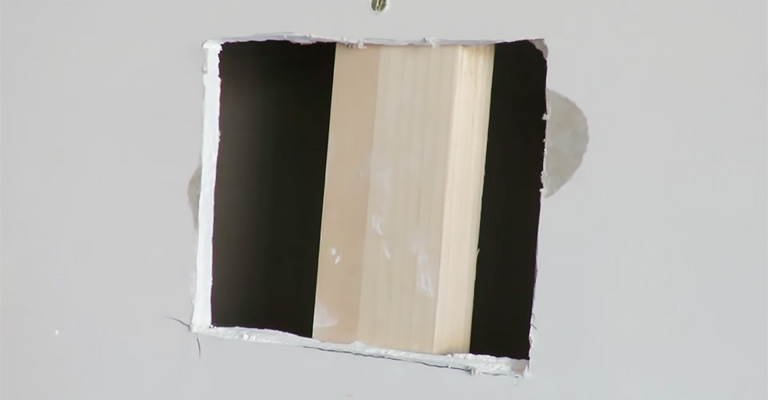
Repairing small drywall holes is simple with drywall tape and a patch, but larger holes require more steps.
You’ll need to follow the steps below if you want to repair a large hole in the wall since a diameter over 6 to 8 inches is too large for tapping or patching.
What Causes Large Holes in Drywall or Sheetrock?
An impact with force can make a large hole in drywall, and the bigger the object, the bigger the hole.
Often, door handles are damaged when someone opens a door too hard or when a door blows open in the wind. By doing so, the handle collapses into the wall, causing significant crevices in the wall.
Your drywall could suffer a large hole from accidentally banging it against furniture or other large objects. It is often energetic kids throwing toys around that cause drywall damage.
Is Fixing A Large Hole In The Wall A Job That A Novice DIYer Can Do?
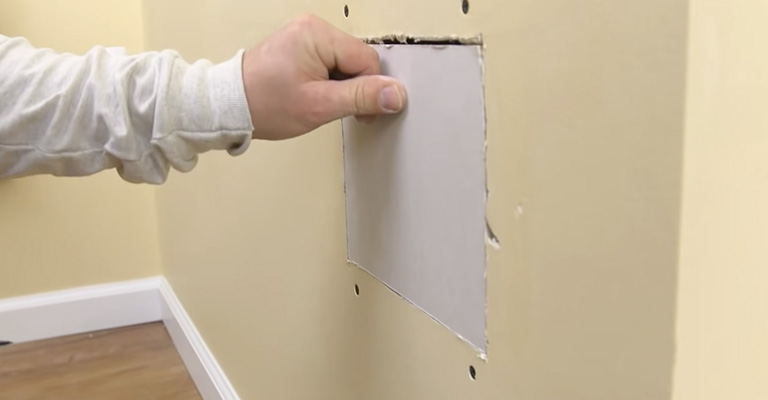
Despite appearing tricky, fixing a large wall hole is quite straightforward, even for beginners. Repairing a large hole in the wall should be relatively easy if you follow the instructions carefully and invest in the right equipment and materials.
In cases where holes are large around electrical wires, plumbing, or extensive cracking, it may be worth calling a professional.
How To Repair A Large Hole In Drywall?
It is harder to fix big holes in drywall (e.g., more than 6 inches across) than your smaller holes. The holes are too large for a patch like the one we used before, so you’ll need to buy a panel of drywall to patch them.
Tools And Materials
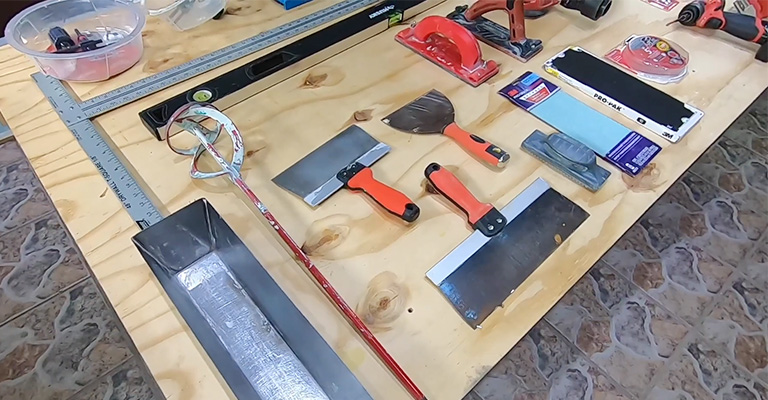
Before repairing a large wall hole, you will need to gather a few materials or tools. Choosing a piece of drywall to fill the gap should match the surrounding drywall’s thickness.
It may be possible to save some money by purchasing a scrap offcut instead of buying the whole sheet, depending on the hole size. There are several things you will need:
- Plywood backing strips
- Replacement drywall piece
- Paintbrush
- Joint compound
- Screws
- Drywall tape
- Goggles and a dust mask
- Saw
- Screwdriver
- Utility knife
- Drywall sandpaper
Wear personal protective equipment before starting the repair and lay protective sheets over the carpet and furniture. Inhaling dust particles from patching drywall holes is a bad idea, and you don’t want to end up with a big mess.
Step 1: Cut Around the Hole
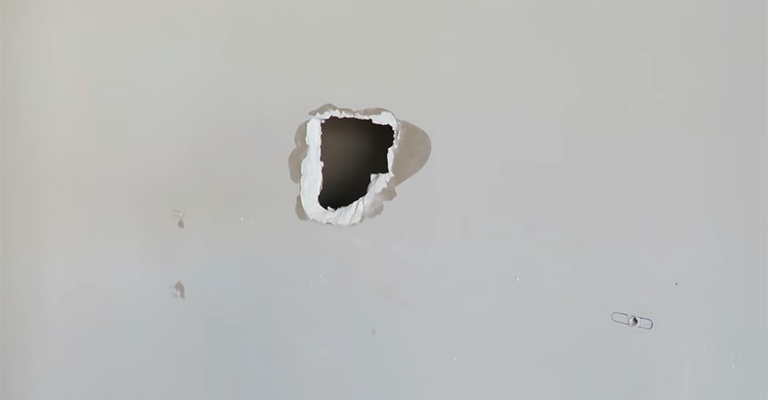
If the hole in the drywall has an irregular shape, you will have more difficulty replacing it. Make your life easier by drawing a rectangle around the hole and cutting it out with a saw.
You can simply measure the replacement drywall piece from there. If you plan on removing drywall, check behind it for wires or pipes before you cut it away. Your plumbing or electric system could be damaged if you do so and will require more costly repairs.
Step 2: Screw In The Backing Strips
To hold the repair patch, two plywood strips must be screwed into the existing drywall. Do not worry about the direction in which the plywood is installed; it does not matter if they are placed vertically or horizontally.
Make sure the plywood strip is hidden behind the hole’s edge by leaving half of its width exposed. You can attach it to the wall with drywall screws every six inches or so.
Step 3: Install The New Drywall
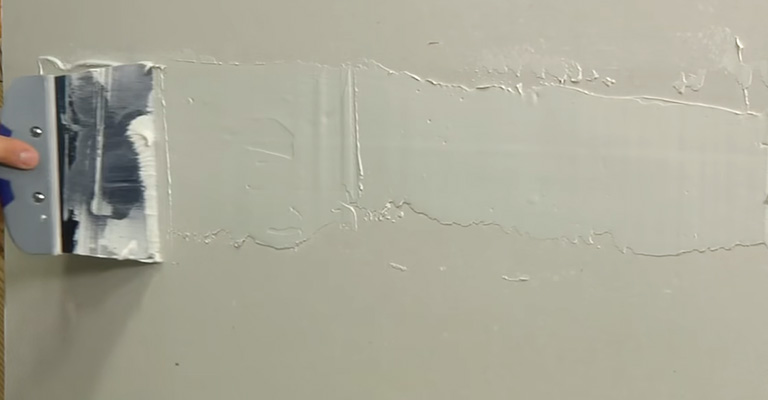
The size of the rectangular hole should be measured and replaced with drywall that matches. Ensure that there is an as little gap as possible between the repair patch and the hole’s edge, but don’t become too concerned about a perfect fit.
If the repair piece fits and sits securely along the hole’s edge, screw it securely to the backing strips.
Step 4: Cover The Seams
Use drywall tape to cover the seams between the repair patch and the hole edge. Allow some overlap at the corners. Ensure that the tape lies flat properly with your fingers by smoothing it down with your fingers.
After applying a thin layer of joint compound, let it dry out completely before continuing. If any lumps protrude after drying, please remove them.
Follow up with three more compound layers, allowing each layer to dry thoroughly before adding the next. Lastly, feather the edges with a drywall knife to ensure that they blend seamlessly into the drywall.
Step 5: Sand And Finish
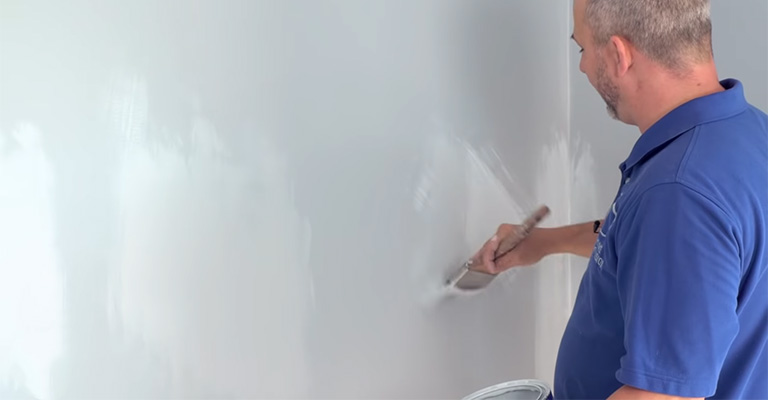
You can make your repair virtually invisible by sanding the dried compound to create a smooth finish.
Ensure you don’t overstand the compound, or the join will become exposed. After you’ve chosen the best surface, you can prime and paint it to match the surrounding walls.
Step 6: Prime And Paint The Patch
The primer should be applied to the entire patch area with a paintbrush. Wait until the primer has dried. Depending on the surrounding area, apply two or more coats of paint.
If the wall or ceiling needs to be painted, this is an excellent opportunity to do so, which will further help hide the patch. New paint may appear more vibrant than old paint that may have faded over time, even if it is the same color as the existing paint.
How Big Can Spackle fix a Hole In Drywall Alone?
The only thing bigger than a nail hole you’ll be happy with is spackle. The glue doesn’t stick very well, nor is it very strong.
When you sand the spackle smooth before painting, it will most likely fall into the hole unless you are applying it to the hole, when you are applying it, or when you are sanding it smooth before painting.
Cutting a 2″ square of fiberglass drywall joint tape and sticking it over the hole should work best for holes of that size.
Using a cheap 4″ putty knife, feather out a circular envelope of joint compound, fill in the hole and cover the tape. You will need to smooth it out, being careful to avoid sanding all the way through to the tape.
General Tips About Sanding And Drywall Compound
Sanding drywall shouldn’t be an important part of drywall repair. Sanding is a necessary part of every repair.
Those who are truly the best at rarely sanding sand, but this ability comes from years of experience and lots of sanding!
Among the reasons that professionals work so quickly is that precision and intimate knowledge of their products are key factors.
The fine dust created by sanding drywall compounds gets everywhere. It makes a royal mess to wipe dust with a sponge since it is soluble in water!
You can reduce your cleanup time by collecting dust in the work area through wet sanding or vacuuming.
Using these simple methods is sufficient since small holes generate small amounts of dust.
Final Words
Fixing a large hole in the wall usually only takes a couple of hours of labor. When applying layers of the compound, be sure to let each coat dry well before moving on.
If you don’t already own any of the equipment or materials needed to fix a drywall hole, the cost is $40 to 80. The job can be done yourself for a pretty low price.






